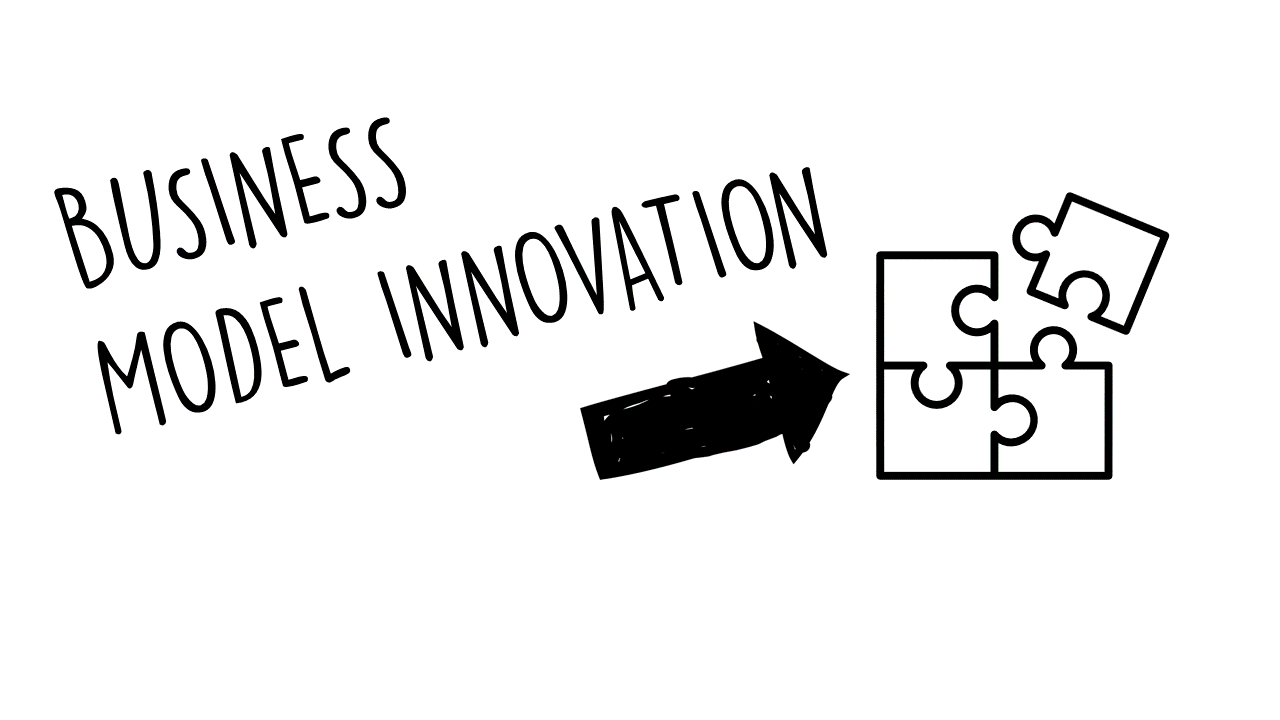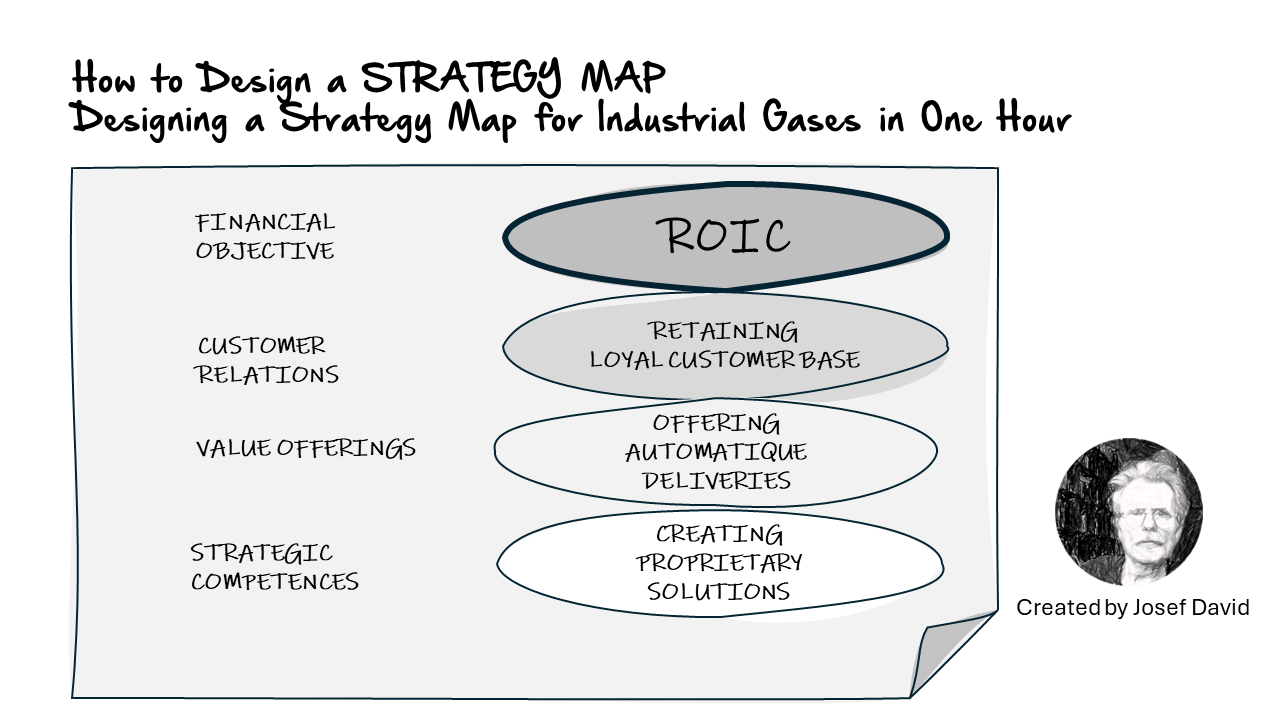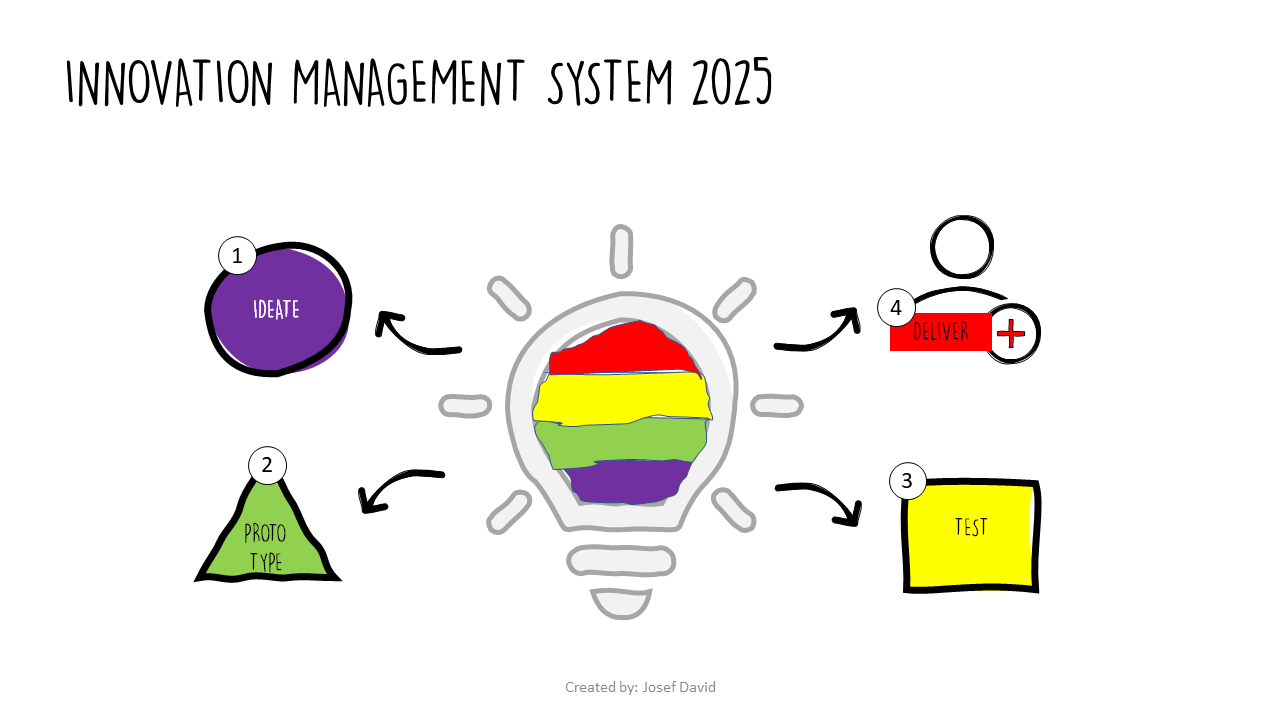The RapidKnowHow Process : Innovation Leaders Drive Collaboration
Strategic Collaboration drives > What is the root cause > What are the Main Categories > What are the main subcategories > What are Options for Solutions > What is the feasibility of the solution > Time constraint > Resources required > Expected Effectiveness > Outcome : Ranking of Options from Best to Worst > Conclusion > Get started
Strategic Collaboration Drives Analysis
1. Root Cause
The root causes for pursuing strategic collaborations often include:
- Need for Innovation: Companies require new ideas, technologies, or processes that they do not possess internally.
- Market Access: Organizations seek to enter new markets or customer segments where partners have established presence.
- Resource Limitations: Constraints in financial, human, or technological resources push companies to collaborate with others.
- Shared Risk: Collaborations allow entities to share risks and costs associated with projects or ventures.
- Competitive Advantage: Companies pursue partnerships to leverage each other’s strengths for enhanced competitive positioning.
2. Main Categories
- Type of Collaboration
- Goals and Objectives
- Stakeholder Engagement
- Governance and Structure
- Evaluation and Measurement
3. Main Subcategories
Type of Collaboration
- Joint Ventures: Creating a new, separate business entity to pursue specific goals.
- Strategic Alliances: Partnering on specific projects without forming a new entity, sharing resources and expertise.
- Licensing Agreements: Allowing one company to use another’s intellectual property under agreed terms.
Goals and Objectives
- Innovation Objectives: Focused on research and development activities to drive innovation.
- Market Objectives: Aimed at capturing new customer segments or entering new geographical markets.
- Operational Efficiency Goals: Collaborating to streamline operations and reduce costs.
Stakeholder Engagement
- Internal Stakeholders: Engaging departments such as R&D, marketing, finance, etc.
- External Stakeholders: Identifying key partners, suppliers, customers, and consultants to involve in collaboration.
Governance and Structure
- Management Framework: Establishing how the collaboration will be managed and who is responsible for what.
- Communication Plan: Outlining how information will flow between stakeholders.
Evaluation and Measurement
- Performance Metrics: Defining KPIs to assess the success of the collaboration.
- Feedback Mechanisms: Creating channels for continuous feedback and adjustments in the collaboration process.
4. Options for Solutions
- Identify Potential Partners: Research and establish contact with organizations that align with collaboration goals.
- Define Clear Objectives: Create a detailed outline of what the collaboration aims to achieve.
- Develop Governance Models: Establish a clear structure for how the collaboration will be managed.
- Create a Communication Strategy: Ensure effective communication between all parties involved.
- Set up Evaluation Frameworks: Design KPIs and regular assessment methods to measure collaboration success.
5. Feasibility of Solutions
- Identify Potential Partners: High feasibility; accessible through networking and industry research.
- Define Clear Objectives: High feasibility; involves internal brainstorming and strategy sessions.
- Develop Governance Models: Medium feasibility; requires consideration of partner organizational structures.
- Create a Communication Strategy: High feasibility; can be developed with existing resources.
- Set up Evaluation Frameworks: Medium feasibility; requires agreement on metrics and assessment processes.
6. Time Constraint
- Short-term (0-3 months): Identify partners and define objectives.
- Medium-term (3-6 months): Develop governance models and communication strategies.
- Long-term (6-12 months): Implement collaboration and begin evaluation of outcomes.
7. Resources Required
- Financial Resources: Budget for collaboration initiatives, including legal fees, partnership costs, and marketing.
- Human Resources: Involvement from relevant teams, including management, operations, marketing, and finance.
- Technological Resources: Tools for project management, communication, and data sharing.
8. Expected Effectiveness
- Identify Potential Partners: High effectiveness; right partnerships can lead to significant benefits.
- Define Clear Objectives: High effectiveness; clarity leads to aligned efforts and focus.
- Develop Governance Models: Medium to high effectiveness; helps avoid conflicts and ensures accountability.
- Create a Communication Strategy: High effectiveness; ensures transparency and efficient coordination.
- Set up Evaluation Frameworks: High effectiveness; enables ongoing improvement and adjustment to the collaboration.
9. Outcome: Ranking of Options from Best to Worst
- Identify Potential Partners – Essential for setting the foundation of any collaboration.
- Define Clear Objectives – Critical for ensuring all parties are aligned on goals.
- Create a Communication Strategy – Vital for maintaining good relationships and operations.
- Set up Evaluation Frameworks – Important for measuring success and identifying areas for improvement.
- Develop Governance Models – Necessary but can be addressed once partners and goals are in place.
10. Conclusion
Strategic collaboration can be a powerful method for organizations to enhance innovation, access new markets, and leverage shared resources.
By understanding the root causes and focusing on the right objectives and partnerships, companies can drive successful collaboration that yields significant competitive advantages.
Clear governance and evaluation frameworks are essential to ensure that collaborations remain productive and aligned with strategic goals.
11. Get Started
- Step1: Conduct an internal analysis to identify specific needs and desired outcomes from a collaboration.
- Step 2: Research potential partners who align with your strategic objectives and have complementary strengths.
- Step 3: Hold discussions with identified partners to develop shared goals and objectives for collaboration.
- Step 4: Create a communication strategy to facilitate effective ongoing dialogue between all stakeholders.
- Step 5: Encourage the development of governance models to ensure smooth operational flow and decision-making.
By following these steps, organizations can initiate strategic collaborations that not only meet immediate needs but also foster long-lasting partnerships for future innovation and growth.





